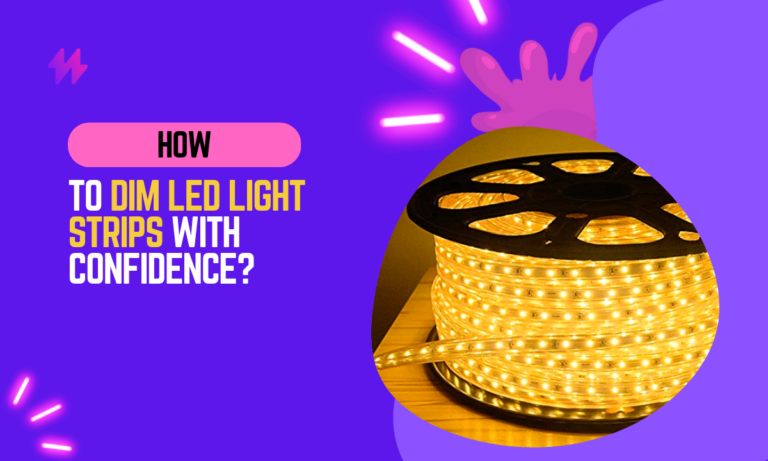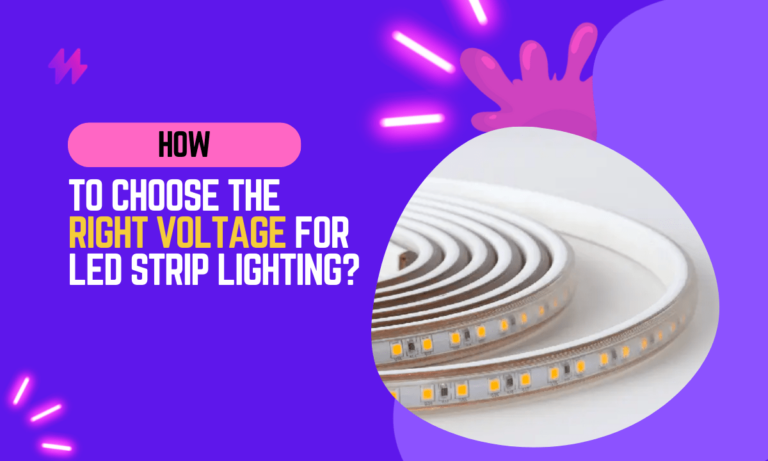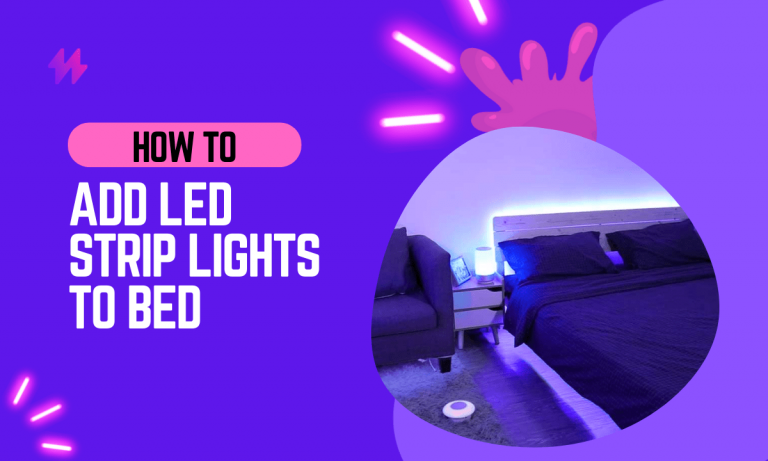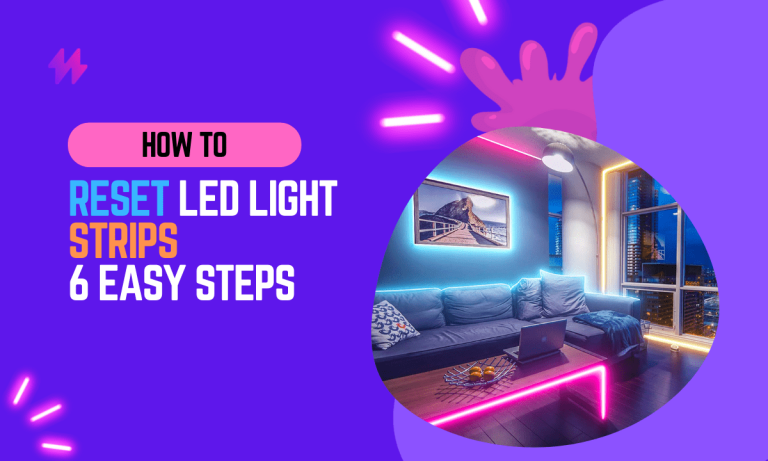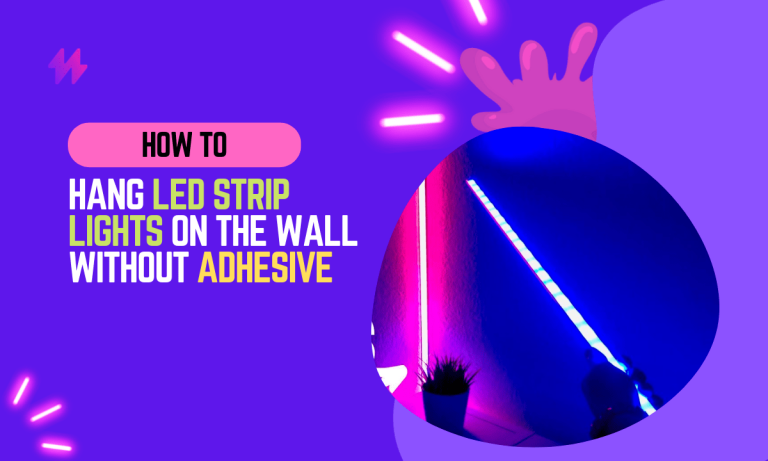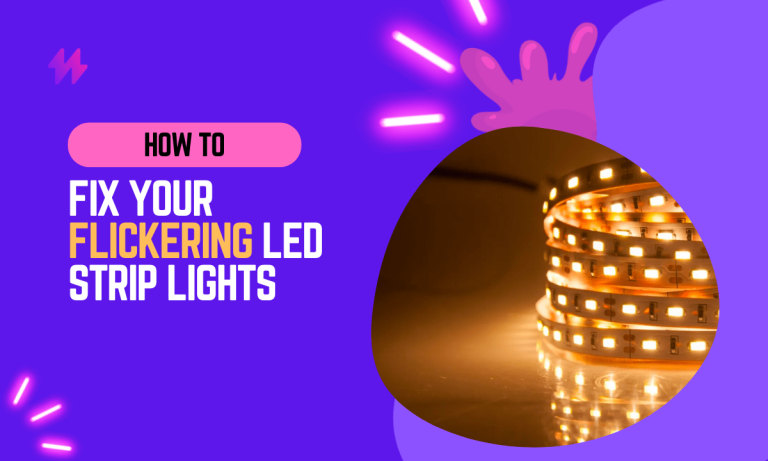Can You Use LED Strip Lights Outside Your Home?
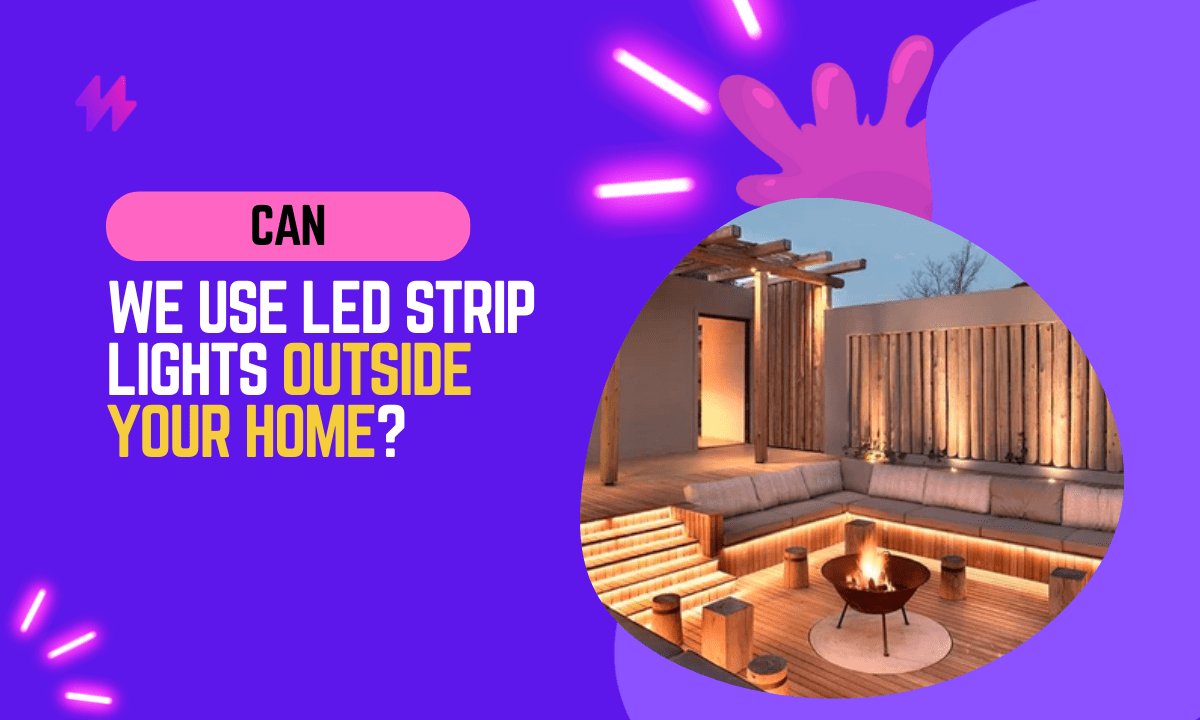
When it comes to outdoor lighting, homeowners are always looking for innovative, energy-efficient, and aesthetically pleasing options. LED strip lights have gained popularity in recent years for their versatility and vibrant lighting capabilities. But can these lights be effectively and safely used outside your home? Let’s delve into this topic to understand the feasibility, benefits, and considerations of using LED strip lights outdoors.
LED strip lights are flexible circuit boards populated with LEDs that you can stick almost anywhere you want to add powerful lighting in a variety of colors and brightnesses. They are known for their energy efficiency, long life span, and the minimal heat they emit compared to traditional lighting.
Can We Use LED Strip Lights Outside Your Home?
The short answer is yes, LED strip lights can be used outdoors. However, it’s not as simple as taking any LED strip and sticking it outside.
To ensure longevity and safety, specific types of LED strip lights designed for outdoor use should be considered.
Key Considerations for Outdoor Use of LED Strip Lights
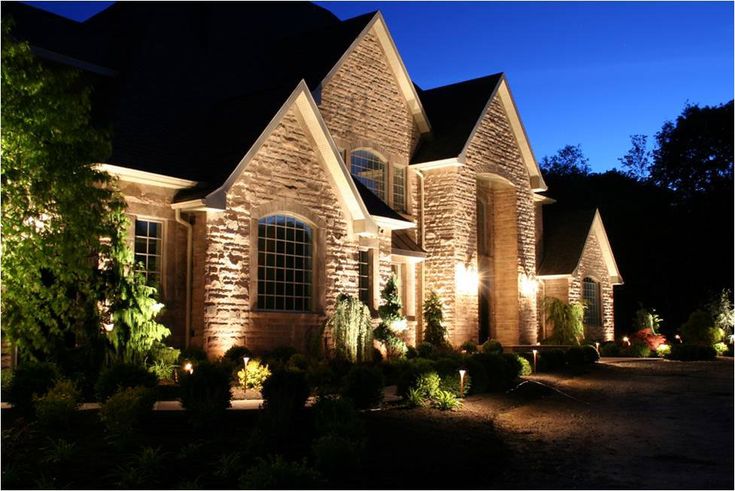
- Waterproof Rating: The most crucial factor for outdoor LED strip lights is their water resistance. Look for a high IP (Ingress Protection) rating. An IP65 rating is generally sufficient for outdoor use, as it offers protection against rain and sprinklers. For more extreme conditions or underwater use, such as in a pool, an IP67 or IP68 rating is recommended.
- UV Resistance: Outdoor lights are exposed to sunlight, which can cause non-UV-resistant materials to deteriorate over time. Ensure that the LED strip lights you choose are UV resistant to prevent damage from prolonged sun exposure.
- Temperature Tolerance: Outdoor temperatures can vary widely. Ensure the LED strips can withstand the local climate, including extreme cold or heat.
- Brightness and Color: Consider the lumens (brightness) and the color temperature or color-changing capabilities, depending on your aesthetic needs.
- Power Supply and Wiring: Outdoor LED strips require a stable power source. Ensure the power supply is also waterproof if it will be exposed to the elements. Wiring should be done by local electrical codes, often requiring a qualified electrician.
Installation Tips
- Surface Preparation: Clean the surface thoroughly where the strip will be applied. Most LED strips come with an adhesive back, but in an outdoor setting, additional mounting clips or a stronger adhesive may be necessary.
- Avoiding Mechanical Damage: Protect the strips from being stepped on or crushed. Use protective channels if necessary.
- Electrical Safety: Consider using a low voltage system (e.g., 12V or 24V) for added safety, especially in areas where people might come into direct contact with the lights.
Benefits of Using LED Strip Lights Outdoors
- Energy Efficiency: LEDs consume significantly less power compared to traditional lighting, which can lead to energy savings.
- Flexibility: LED strips can be cut to size and are flexible, allowing them to fit into various spaces and around corners.
- Aesthetic Appeal: With a range of colors and the ability to dim, they can create the desired ambiance for any outdoor setting.
- Durability: LEDs have a long lifespan, reducing the frequency of replacements.
Potential Applications
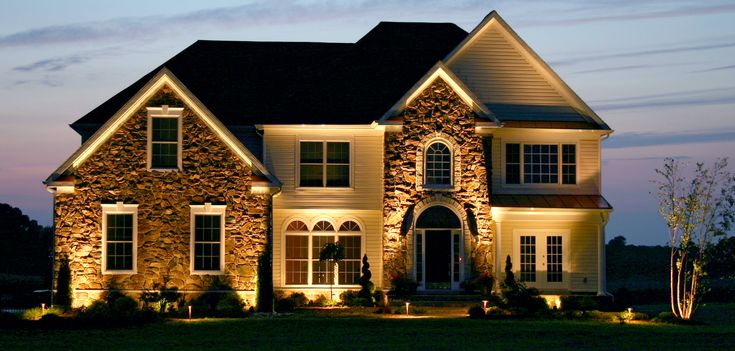
- Accent Lighting: For highlighting architectural features or landscaping.
- Pathway Lighting: For safety and visual appeal along walkways and driveways.
- Patio or Deck Lighting: To create a cozy, inviting outdoor living space.
- Pool and Water Feature Lighting: To add a dramatic effect to water-related elements.
Conclusion
In conclusion, the use of LED strip lights outside the home offers both aesthetic appeal and functional benefits, but it requires careful consideration of environmental factors and product specifications. While LED strip lights are known for their energy efficiency and versatility, not all are suitable for outdoor use. To ensure longevity and safety, it is crucial to select LED strip lights that are specifically rated for outdoor use. These lights are typically encased in durable, weather-resistant materials that protect against moisture, dust, and temperature fluctuations. Additionally, proper installation is key—ensuring that all connections and power sources are securely sealed and protected from the elements prevents potential electrical hazards and extends the life of the lighting setup.
Furthermore, the strategic placement of LED strip lights can enhance the outdoor environment of a home significantly. Whether used for accentuating garden paths, illuminating patios, or highlighting architectural features, these lights add a layer of sophistication and charm. They can also increase the security of a property by improving visibility in dark areas. When planning the layout, consider the color and intensity of the lights, as well as the overall impact on the home’s exterior aesthetics. By thoughtfully integrating LED strip lights into outdoor spaces, homeowners can create an inviting atmosphere while also taking advantage of the practical benefits that LED technology has to offer. With the right products and installation techniques, LED strip lights can be a durable and enchanting addition to any outdoor setting.

